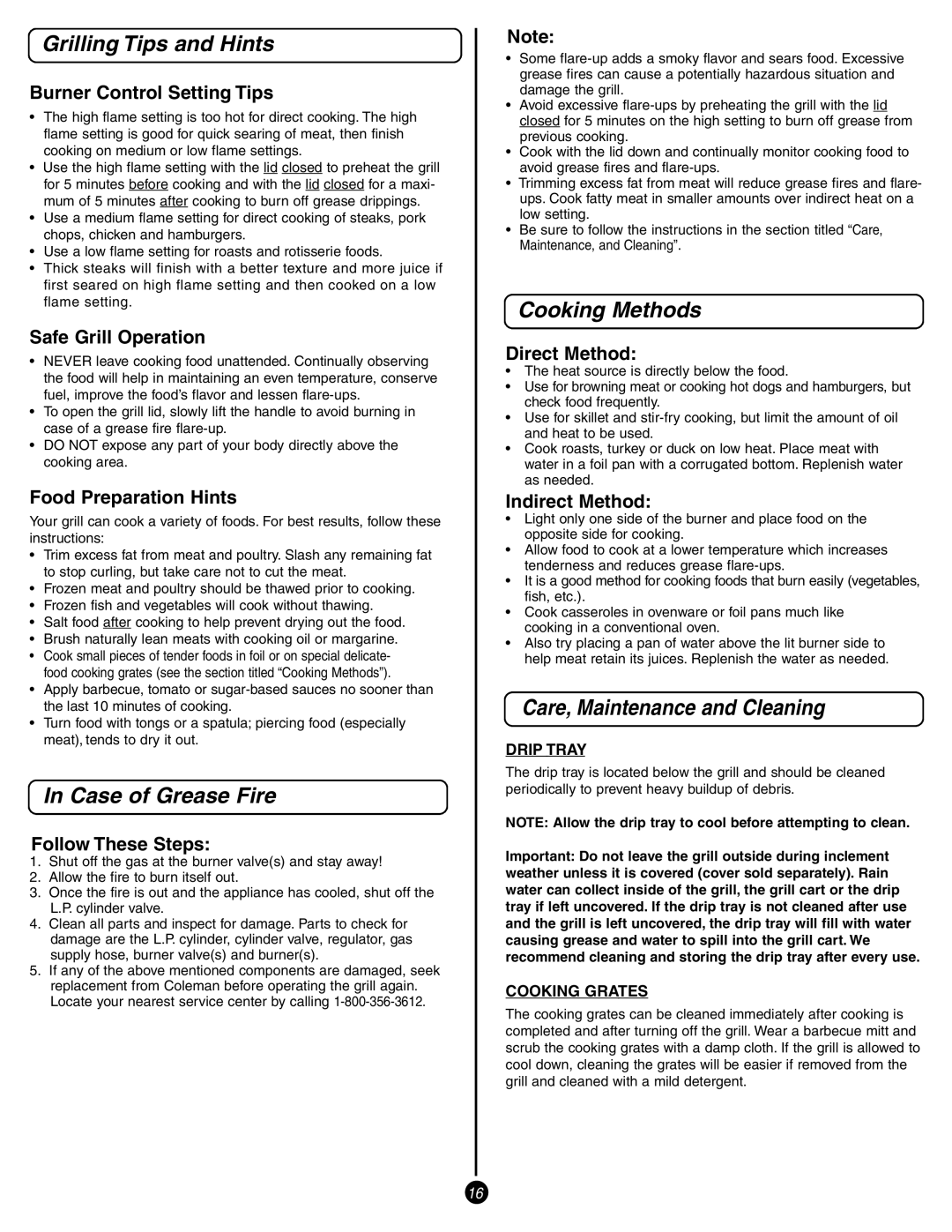9993 specifications
The Coleman 9993, a standout in the realm of outdoor gear, is designed to enhance your camping experience with its innovative features and robust characteristics. This multi-functional piece of equipment ensures that nature enthusiasts can enjoy the great outdoors while maintaining comfort and convenience.One of the primary features of the Coleman 9993 is its impressive heat retention capabilities. Equipped with a patented insulated design that reduces heat loss, this product keeps you warm even in chilly conditions. The efficient thermal barrier not only allows you to enjoy a cozy atmosphere but also minimizes energy use, making it an eco-friendly choice for campers.
The Coleman 9993 also boasts an exceptional weather-resistant exterior, crafted from durable materials that can withstand the elements. Rain, wind, or snow, this gear is built to endure various weather conditions without compromising its integrity. The water-resistant fabric coupled with sealed seams ensures that you stay dry and comfortable during unexpected downpours.
Comfort is paramount with the Coleman 9993, which features an ergonomic design that supports a restful experience. Its spacious interior offers ample room for multiple occupants, allowing you to stretch out and relax after a long day of hiking or exploration. Additionally, the soft padding adds an extra layer of comfort, making it suitable for a good night's sleep in the wilderness.
Another remarkable aspect of the Coleman 9993 is its user-friendly setup. The product is engineered for quick and easy assembly, allowing you to spend less time struggling with complicated instructions and more time enjoying the great outdoors. The straightforward design ensures that even first-time campers can confidently pitch their gear with minimal effort.
Moreover, the Coleman 9993 incorporates smart storage solutions, including multiple pockets and compartments. These features provide convenient space for organizing your gear, keeping essentials within easy reach and reducing clutter around your campsite.
In conclusion, the Coleman 9993 is a remarkable outdoor product notable for its advanced technologies, robust characteristics, and user-focused design. Whether you are a seasoned camper or a weekend adventurer, this versatile option enhances your outdoor experience, providing comfort, durability, and seamless functionality in various environments. Whether braving the elements, seeking comfort, or enjoying the beauty of nature, the Coleman 9993 stands out as a reliable companion in all your outdoor pursuits.

